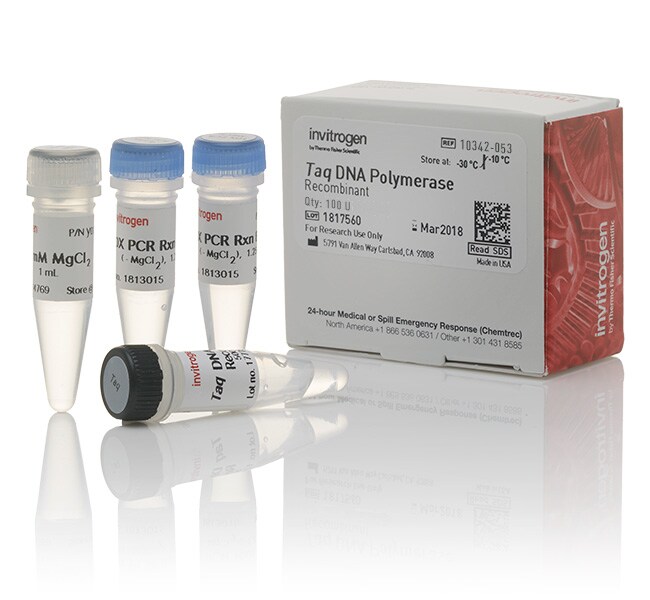Search Thermo Fisher Scientific
- Contáctenos
- Orden Rápida
-
¿No tiene una cuenta? Crear una cuenta
Search Thermo Fisher Scientific

| Número de catálogo | N.º de reacciones |
|---|---|
| 10342053 | 100 reacciones |
| 10342020 | 500 reacciones |
| 10342046 | 1500 reacciones |
| 10342178 | 5000 reacciones |
Para uso exclusivo en investigación. No apto para uso en procedimientos diagnósticos.
Compartir número de catálogo, nombre o enlace.